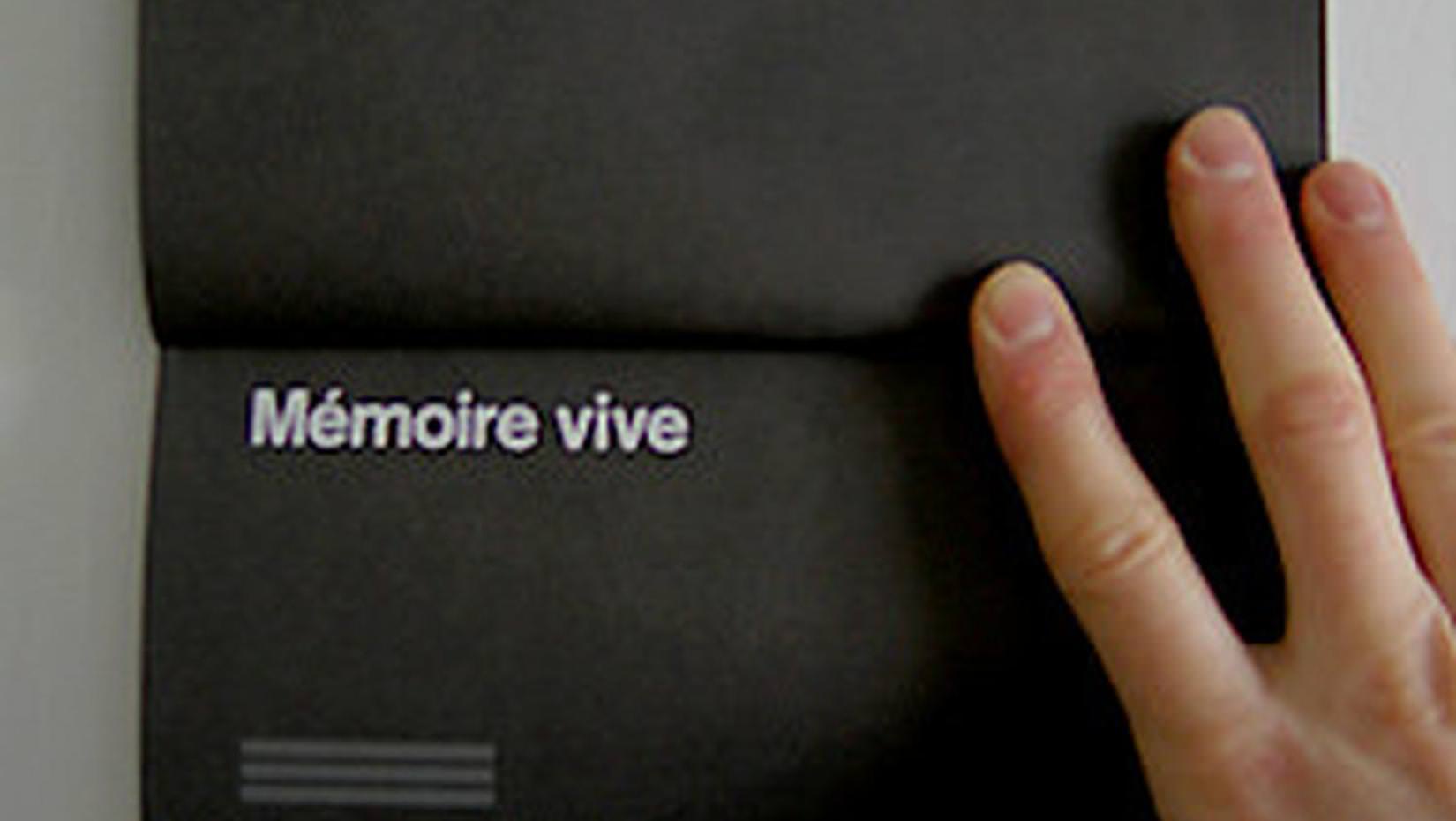Programming
La charrette
Une session intensive de travail en équipe où se sont rencontrés des intervenants de différents domaines pour proposer des idées sous forme de projets, à partir d’une problématique précise.
Mémoire vive
Initiated by DARE-DARE in collaboration with the Centre d'histoire de Montréal, Mémoire Vive provided a framework for reflection that brought together artists and stakeholders in the heritage field.
Since May 31, Mémoire vive has been a series of rereadings of Montreal's history, rereadings that take place through a creative process that inscribes or reintegrates memory in the community and in the city. To conclude this laboratory, DARE-DARE and the Centre d'histoire de Montréal organized an interdisciplinary charrette: an intensive teamwork session where stakeholders from different fields met to propose ideas in the form of projects, based on a specific problem.
Three multidisciplinary teams participated in the charrette. The problem entrusted to the participants was the following:
Citizens have amnesia. Politicians have amnesia. They only remember the everyday and their personal memories. Everything remains in the city, except the documents interpreting history, which have also disappeared. There is no way to recover the lost information and no one seems to be affected by this situation. The participants gathered in a cart are the only ones who have kept their memory intact and are observing this phenomenon.
What do we do with history? How do we give meaning to the traces left in the city, to the objects in the museums? What do we do with heritage sites? How can we reinscribe the notion of history in the consciousness of an amnesiac society? How can we give back its collective memory to a given population? We must act quickly and reinvest these traces, these objects and these places with meaning, because what has been achieved in terms of safeguarding and conserving heritage no longer means anything and, above all, the demand for new condos is pressing... The problematic aimed at stimulating, from a fictitious situation, imaginative deliriums and utopias proposing lively and alternative ways of inscribing the passage of time in the city, of conjugating memory and community outside the traditional methods of museums and the recourse to commemorative monuments.
The teams worked tirelessly (or almost!), behind closed doors for two days, to deliver their projects to the public on Sunday, September 15 at the Centre d'histoire de Montréal. This special day was also an opportunity to take a look at Mémoire vive in general, through the presentation of some of the event's artists. Micheline Clouard, Julie St-Arnaud, Ani Deschênes, Annie Roy and Mireille Cliche discussed the process of organizing their respective projects, as well as an overview of the results - both expected and unexpected.
Participants
Ani Deschênes, arts visuels
Gilles Garand, patrimoine vivant
Martin Pelletier, désign d’aménagement
Micheline Clouard, architecture du paysage
Danielle Doucet, histoire de l’art, sculpture publique
Caroline Boileau, arts visuels
Jean Laberge, architecture
Julie St-Arnaud, architecture du paysage
Mireille Cliche, poète, ressource documentaire
Claude Brault, développement culturel, arts visuels et métiers d’art
Nicole Lemay, muséologie
Philippe Lupien, architecture
